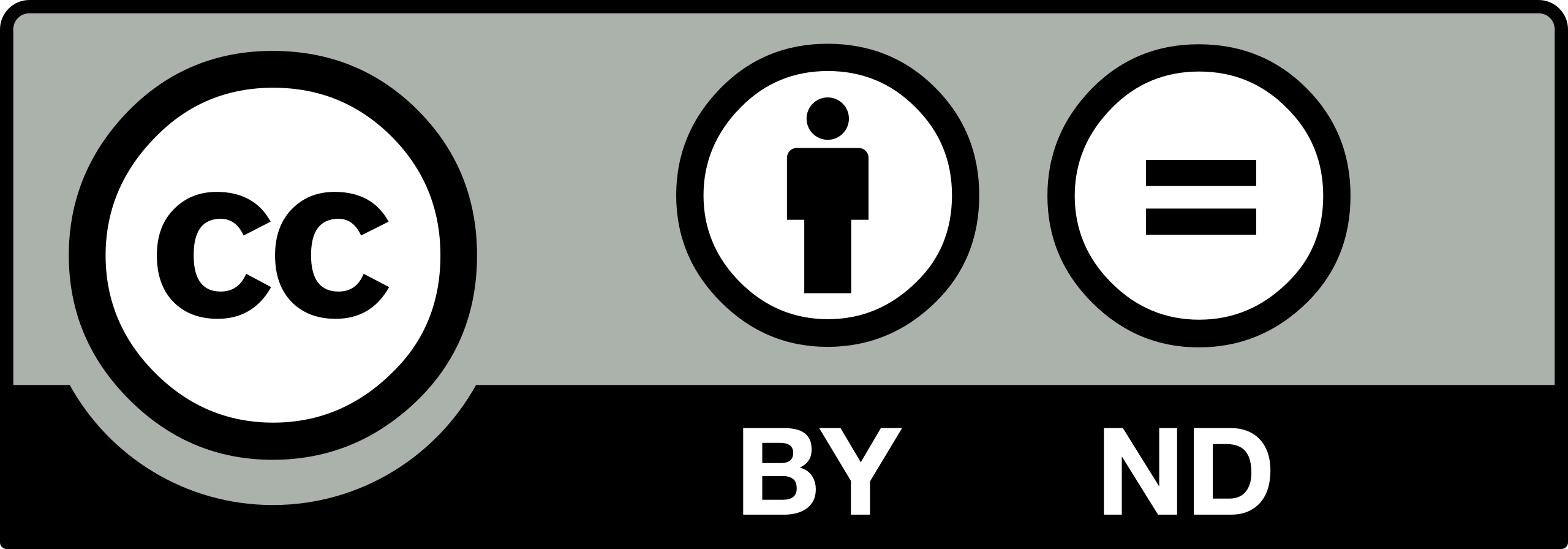The choreography of group affiliation
When two people move in synchrony, they become more social. Yet, it is not clear how this effect scales up to larger numbers of people. Does a group need to move in unison to affiliate, in what we term unitary synchrony; or does affiliation arise from distributed coordination, patterns of coupled movements between individual members of a group? We developed choreographic tasks that manipulated movement synchrony without explicitly instructing groups to move in uni- son. Wrist accelerometers measured group movement dynamics and we applied cross recurrence analysis to distinguish the temporal features of emergent unitary synchrony (simultaneous move- ment) and distributed coordination (coupled movement). Participants’ unitary synchrony did not predict pro-social behavior, but their distributed coordination predicted how much they liked each other, how they felt toward their group, and how much they conformed to each other’s opinions. The choreography of affiliation arises from distributed coordination of group movement dynamics.
| Item Type | Article |
|---|---|
| Additional Information |
This research was supported by an Economic and Social Research Council (ESRC) transformative research grant (ES/M000680/2) awarded to G. Orgs and D. C. Richardson. We thank Lilla Hodossy, Michelle Outram, Ernesto Monroy Agamez, Andrew Smith, and Graeme Shaw for all their help with the organization of this experiment and the data collection. The study was conducted in collaboration with Siobhan Davies Dance (http://www.siobhandavies.com). |
| Keywords | Synchrony; Coordination; Group behavior; Pro-sociality; Affiliation |
| Departments, Centres and Research Units | Psychology |
| Date Deposited | 05 Jan 2018 16:33 |
| Last Modified | 29 Apr 2020 16:42 |


